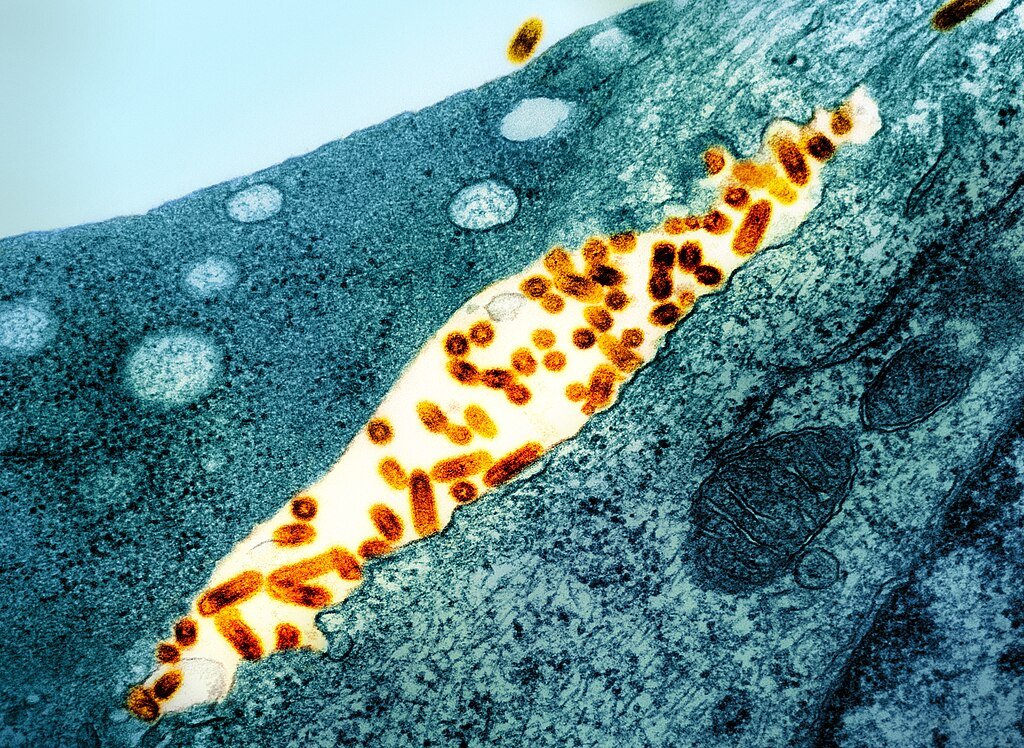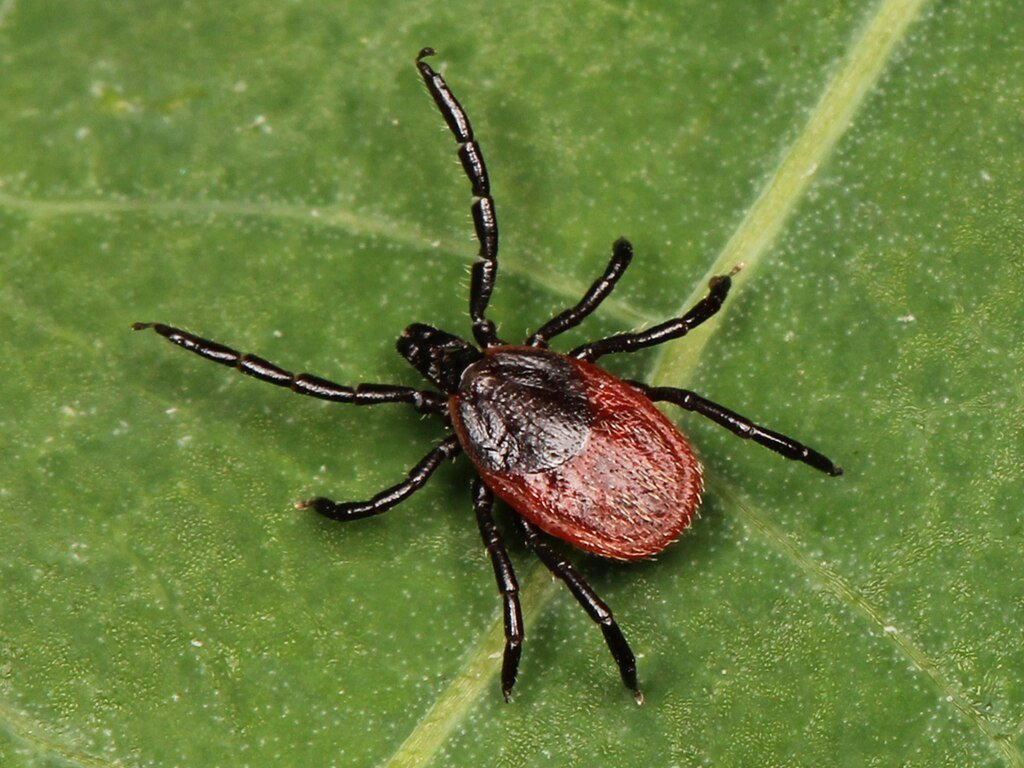Alpha-gal syndrome (AGS), a rare and potentially life-threatening allergy to red meat, has long been associated with bites from the lone star tick (Amblyomma americanum). However, recent findings from the Centers for Disease Control and Prevention (CDC) reveal that other tick species, such as black-legged ticks (Ixodes scapularis), can also transmit this condition. These discoveries expand our understanding of AGS and its geographical reach.
What is Alpha-Gal Syndrome?

Alpha-gal syndrome is an allergic reaction triggered by a sugar molecule called galactose-α-1,3-galactose (alpha-gal), found in mammalian meat products. Symptoms can range from mild hives and gastrointestinal distress to severe anaphylaxis. The allergy develops after a tick bite introduces alpha-gal into the bloodstream, sensitizing the immune system.
New Findings: Beyond the Lone Star Tick

While the lone star tick has been the primary vector for AGS in the United States, recent CDC reports confirm that black-legged ticks, also known as deer ticks, can transmit this condition. These ticks are widespread across the eastern and midwestern U.S., significantly increasing the population at risk. Case studies from Maine and Washington highlight instances where black-legged tick bites led to AGS, underscoring the need for broader surveillance.
Implications for Public Health
The identification of multiple tick species capable of transmitting AGS has important public health implications. It calls for increased awareness among healthcare providers and the public, particularly in regions where these ticks are prevalent. Preventative measures, such as using insect repellents and wearing protective clothing, are essential to reduce tick exposure.
Future Directions in Research
Ongoing studies aim to understand the mechanisms by which different tick species transmit alpha-gal. Researchers are also exploring potential treatments and diagnostic tools to improve outcomes for AGS patients. Enhanced surveillance and public education will be critical in addressing the growing tick-borne allergies.
Conclusion:
The discovery that multiple tick species can transmit alpha-gal syndrome broadens our understanding of this complex condition. As research continues, these findings emphasize the importance of vigilance and prevention in mitigating the risks associated with tick bites.
Source:




